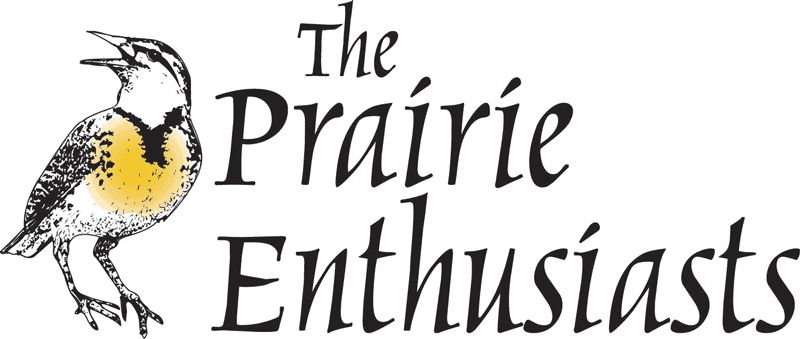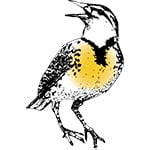Prairie Bluff
Photo Credit: Jerry Newman
Prairie Bluff Area
Photo Credit: Jerry Newman
About Our Chapter
Established in 1993, our chapter was instrumental in starting the grassroots work that led to formation of The Prairie Enthusiasts. From the sand prairies along the Rock River to the rolling uplands of the driftless area, the Prairie Bluff Chapter encompasses diverse habitats and a diverse group of people who share a passion for prairies. Our activities are seasonal: tree and brush projects in the winter, prescribed fire in the spring and fall, weed management in spring and early summer, seed collecting in summer and fall.
The Prairie Bluff chapter covers Lafayette, Green and Rock Counties in Wisconsin. We invite you to join us!
Chapter chair: Chris Roberts, chrisandjeri@tds.net, 608-558-1674
Contact to get on email list: prairiebluff@theprairieenthusiasts.org
Board representative: Jerry Newman, jerrynewman0200@gmail.com, 608-325-1905
Facebook: Chapter page
What’s New
Chapter Meetings
We hold chapter meetings on the first Wednesday of each month at 7 p.m. at the Monroe Library.
Meetings are always open to the public.
On average 15 faithful attend. Sometimes we have potlucks, cookouts, or educational presentations. PBC attempts to keep proceedings simple; we prefer no boards or subcommittees. Any member attending the meeting may vote. Our chapter membership includes approximately 100 subscribers.
On July 1, five prairie enthusiasts, from left John Ochsner, Dan Hazlett, Gary Eldred, Jonathan Wilde and Chuck Phillipson, returned to Muralt Bluff Prairie to celebrate the 40th anniversary of Green County’s purchase of this 62-acre bluff prairie. These five, plus Reynold Zeller and Tim Hammerli (both now deceased) had burned the prairie in 1975.
The resulting bloom of blazing stars and other flowers impressed the county board, and in 1976 they permanently protected the property.
Chapter History
The Prairie Bluff Chapter has its roots in the Wisconsin Prairie Enthusiasts (WPE), a non-profit, prairie-oriented group formed in the Monroe, WI area around 1986. About the same time a twin organization formed in southwestern Wisconsin, called the Southwest Wisconsin Prairie Enthusiasts. The friends & members of these groups overlapped, and they each worked to protect prairie remnants in their respective areas. The organizations held a united, honorary banquet each year.
WPE was composed of regular folks throughout the community. The newsletter for WPE was published at Applied Ecological Services, Inc., an environmental consulting firm whose owner, Steve Apfelbaum, was a founding member and contributor to WPE. In those days many of the active members were employees of AES. When business at AES began to accelerate, work obligations consumed the volunteers’ time until WPE entered a state of accidental slumber.
In 1993 the Southwest Wisconsin Prairie Enthusiasts took the lead. They reorganized into The Prairie Enthusiasts. WPE reconstituted to become a local chapter of The Prairie Enthusiasts under name “Prairie Bluff Chapter”. (This is also the time the Empire Sauk Chapter came into being.) Our official chapter ‘germination’ was therefore on Sunday, February 14, 1993. We continue to serve an area along Wisconsin’s southern border composed of Rock, Green, and Lafayette counties. We are one of at least nine chapters of The Prairie Enthusiasts in Wisconsin, Illinois, and Minnesota.
Land Description of our Part of Wisconsin
Most of the land in the Prairie Bluff area (Rock, Green, and Lafayette counties) was glaciated around 10,000 years ago. The crushing movement of the ice sheets and the eventual flowage of glacial melt-waters is what created the familiar landform that we have today. The terrain is generally flat to rolling and undulates leisurely over many miles from about 700′ to about 1050′ above sea level. Broad fertile plains are creased by relatively slow moving steams. Owing partly to this smoothed-out topography, the region was assimilated into agriculture and development immediately upon European advent (once the native people were removed) c. 1840. Most of the original prairie, savanna, and woodland communities were wiped out within a few decades. The name Prairie Bluff was chosen because the prairie remnants we search for and admire are often found clinging to untillable, rocky bluffs; though bluff may be an optimistic a word for such a placid topography.
WHAT’S NEW
Upcoming
Events
Check back here often for the latest chapter events or sign up for our chapter’s email list.

